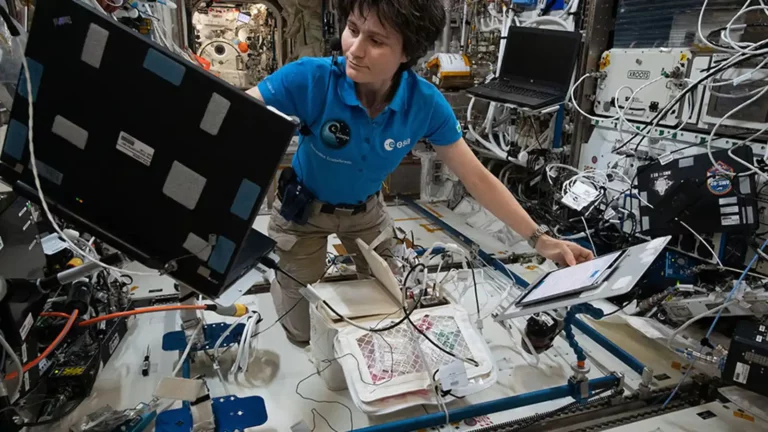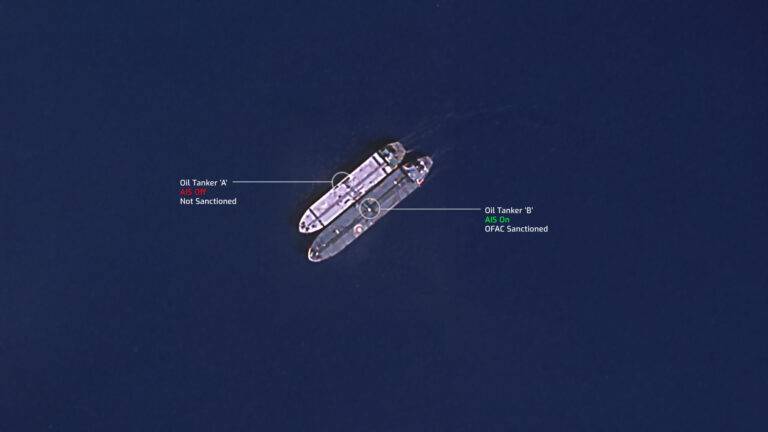Skytek’s International Procedural Viewer Marks 100,000 Orbits with the ISS
When the Columbus laboratory was launched aboard Space Shuttle Atlantis in 2008, it represented not only a triumph of European engineering but also the beginning of a new era in human spaceflight. A laboratory of this scale, 7 metres long, 4.5 metres wide, with 10 experiment racks, required not just physical resilience to extreme temperatures, radiation, and micrometeoroids, but also an operational backbone that could support astronauts in conducting complex science in orbit.
Behind the scenes of Columbus’s success lies a less visible, yet critical technology: Skytek’s International Procedural Viewer Plus (IPV+).
Since its installation, Columbus has hosted astronauts from Europe, the United States, Canada, Japan, and other nations. Each relied on detailed procedures to perform spacewalks, operate delicate experiments in microgravity, and maintain vital systems. These procedures were more than simple instructions; they were lifelines. Skytek’s IPV+, a tool built for the unique challenges of space, became the digital companion that guided crews through every step.
Developed in close collaboration with NASA, ESA, and ISS partners, IPV+ transformed the way astronauts accessed, executed, and adapted mission procedures. Instead of static documents, the system provided dynamic, interactive workflows, supporting crew as they operated Columbus’s 250+ experiments, safeguarded life support systems, and improvised solutions when unexpected challenges arose.
On Earth, mission control in Munich, where the Columbus Control Centre has run over 19,000 shifts, also depended on IPV+ to stay in perfect sync with astronauts. This seamless link between code, crew, and control rooms ensured that science in orbit translated into real world benefits, from advances in bone health to breakthroughs in plasma research and 3D printing.
As the International Space Station celebrates its 100,000th orbit of Earth, Columbus stands not just as a laboratory but as a classroom for 163,000 students and a collaborative platform that inspired future European contributions to space, like the Orion European Service Module. Through it all, Skytek’s IPV+ has been there, helping bridge the gap between astronauts and the vast complexity of operating a spacecraft in low Earth orbit.
Today, as Columbus continues to thrive, Skytek’s role endures, quiet but essential. IPV+ is more than just software; it is a proven operational backbone, built for space, trusted by astronauts, and recognised by NASA and ESA as a cornerstone of human spaceflight.
Trusted by:




















